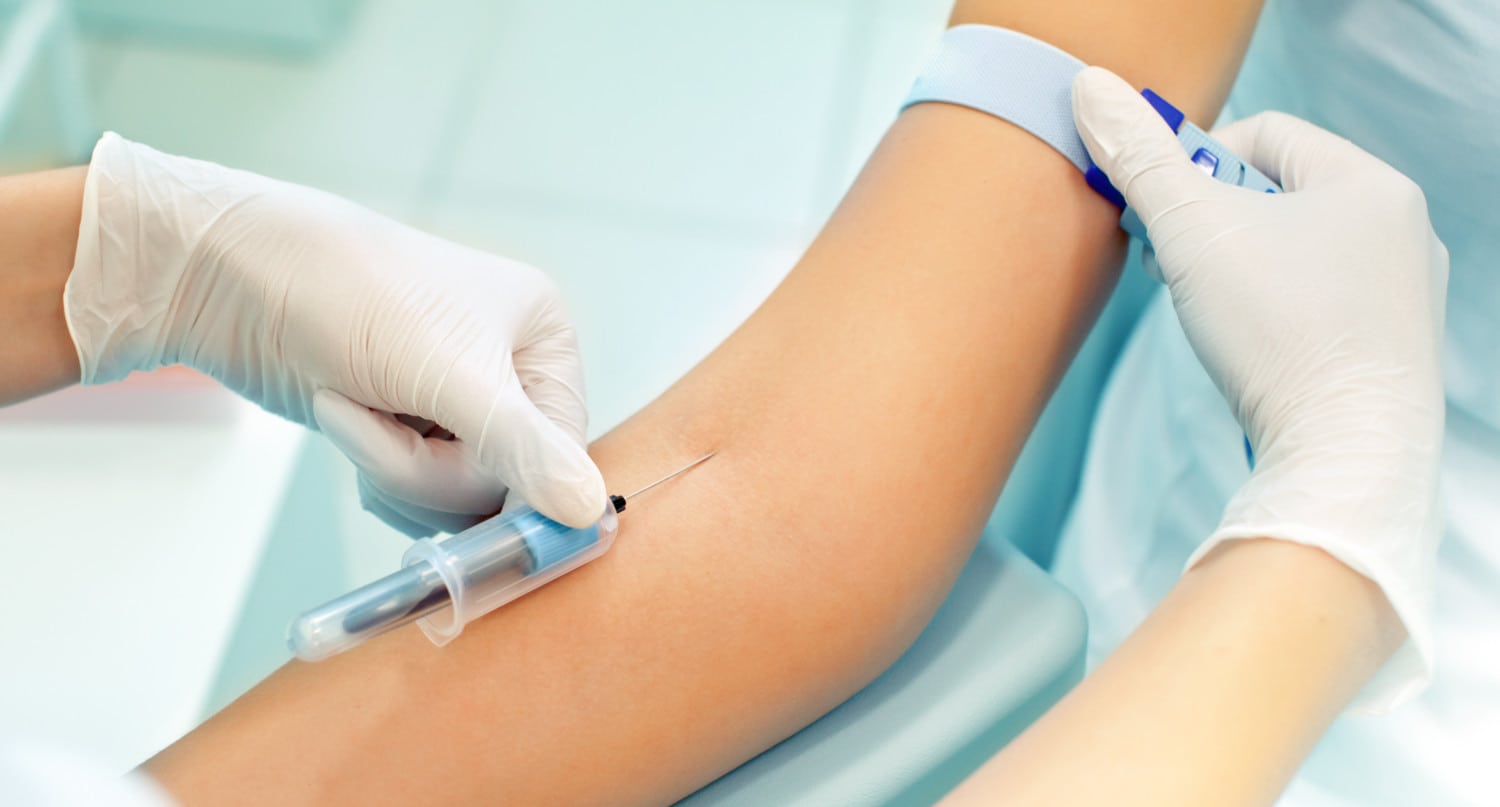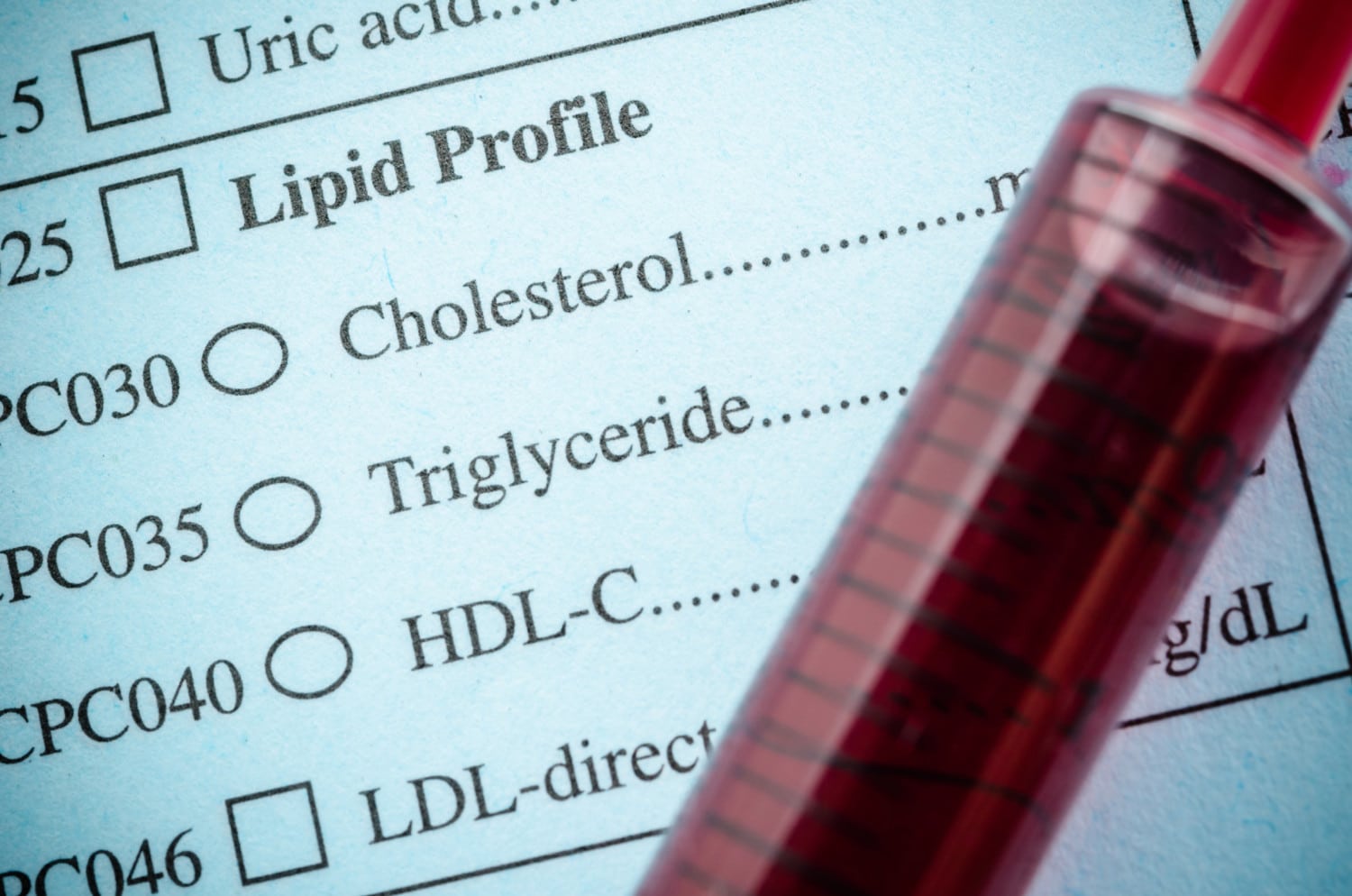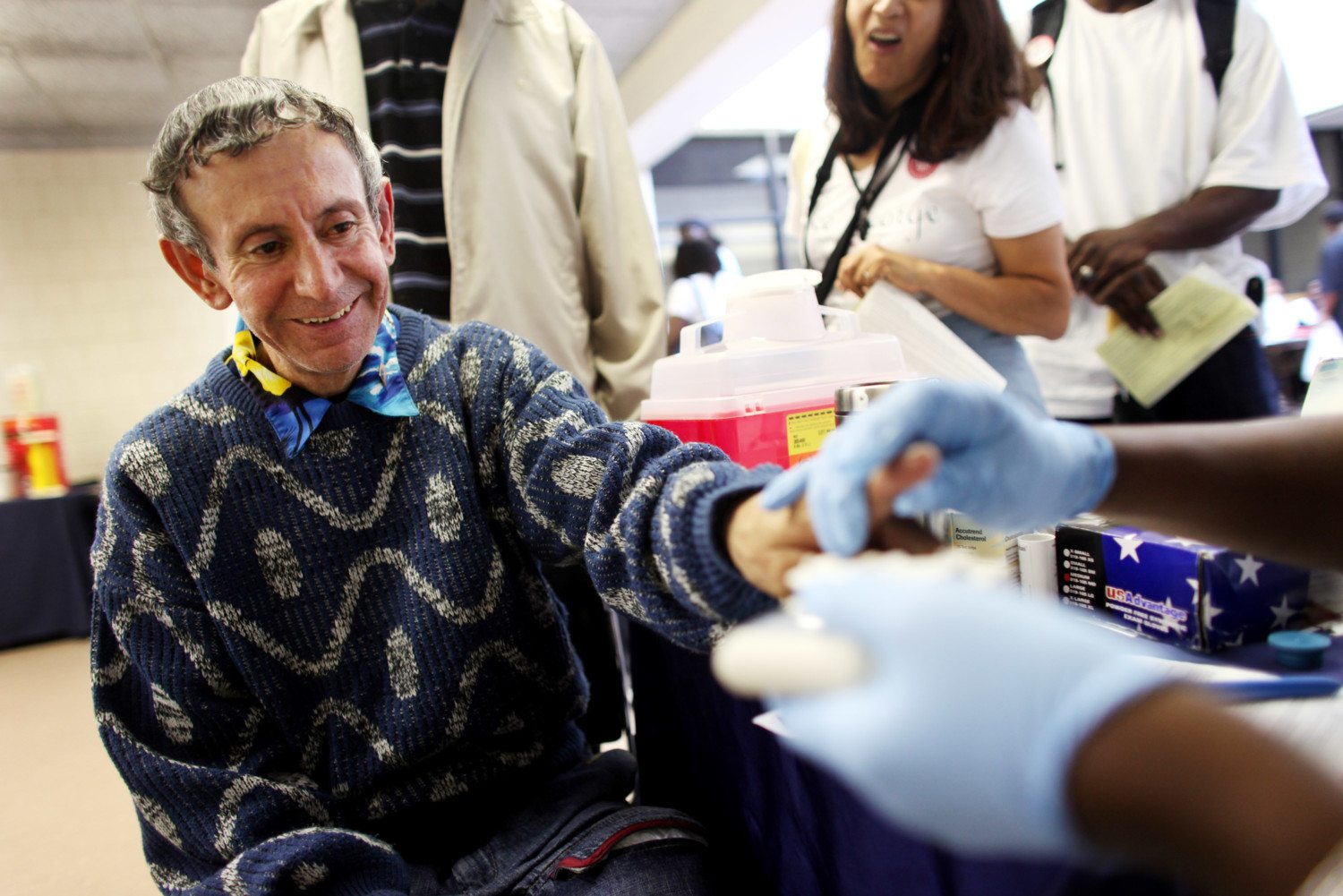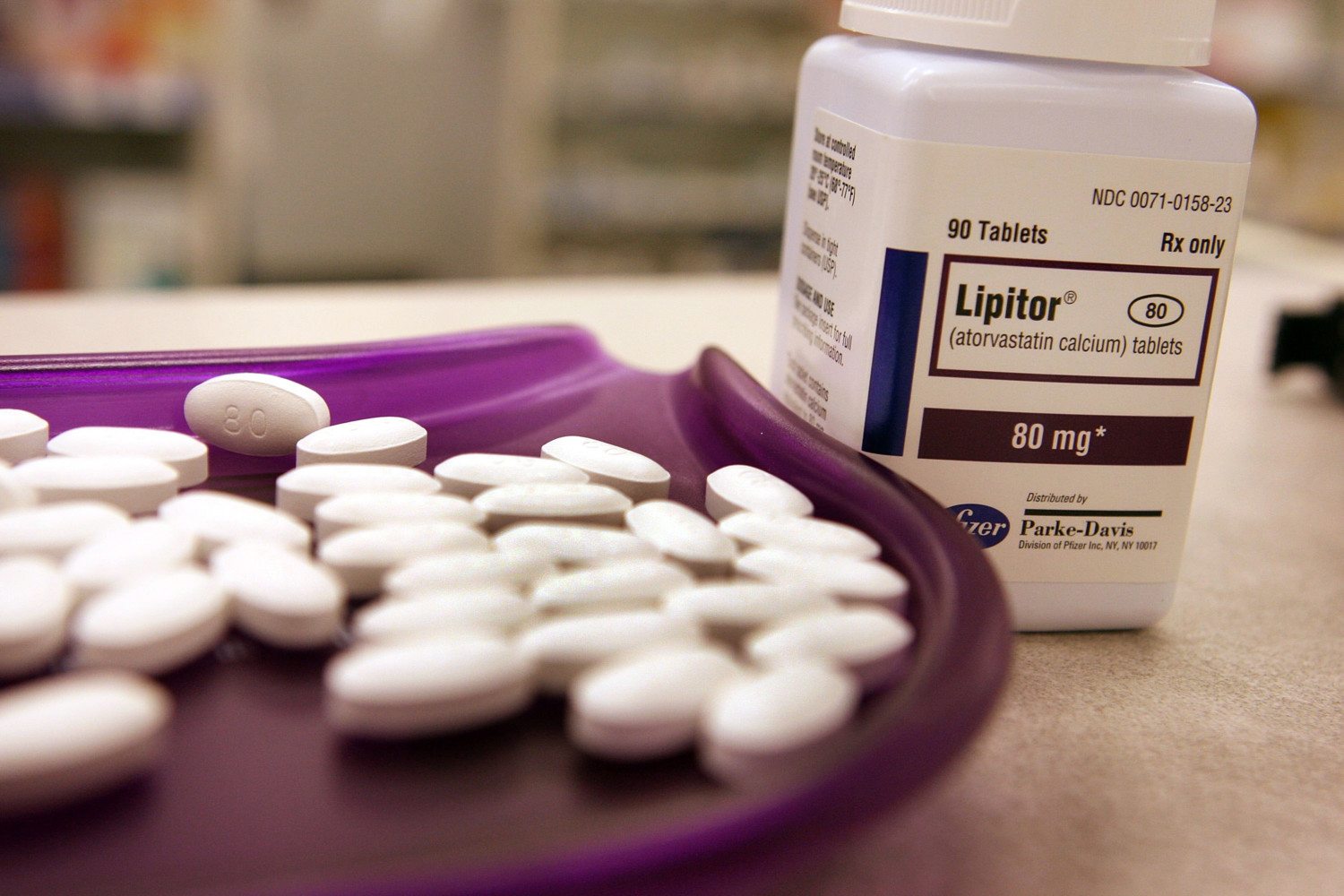Confused About Good Vs. Bad Cholesterol? Here’s What Those Numbers Really Mean

You probably know that keeping your cholesterol low is important to your health, but your knowledge might end there. You may have heard of “good cholesterol,” “bad cholesterol” and heart-healthy diets that can improve your numbers. But if you’re still a bit confused about what it all means, you’re not alone.
While you may often hear of people trying to “lower their cholesterol,” the amount of total cholesterol is not usually the problem. Doctors no longer believe that the total amount of cholesterol present in your blood is an indicator of anything related to your health, so there is no longer a target number for what is considered a normal or healthy amount of total cholesterol.

“The Key Recommendation from the 2010 Dietary Guidelines to limit consumption of dietary cholesterol to 300 mg per day is not included in the 2015 edition, but this change does not suggest that dietary cholesterol is no longer important to consider when building healthy eating patterns. As recommended by the [Institute of Medicine], individuals should eat as little dietary cholesterol as possible while consuming a healthy eating pattern.”
Nowadays, “total cholesterol levels are considered in context with other risk factors, and treatment is recommended accordingly,” according to the American Heart Association.
“Good” Versus “Bad” Cholesterol
There are different types of cholesterol. When you get your cholesterol numbers as part of a lipid panel, you’ll receive the results of your total cholesterol, LDL (low-density lipoprotein), HDL (high-density lipoprotein) and triglycerides. They all work differently in the body and have different thresholds for the amount that is considered healthy.
What is now considered important is your amounts of LDL, the so-called “bad” cholesterol, and HDL, the so-called “good” cholesterol, as well as triglycerides.
LDL can build up on your artery walls and increase your chances of heart disease. In general, your LDL should be below 130, and ideally below 100.

HDL is considered the “good” cholesterol because it acts to take the bad cholesterol out of your blood, preventing it form building up in your arteries. Your HDL is considered too low at 40 or below; if your HDL is at or above 60, it is considered good and even protective against heart disease.
Triglycerides form plasma lipids and have been linked with coronary artery disease. Triglycerides should be below 150.
Another factor your doctor may evaluate is your cholesterol ratio, which is your total cholesterol divided by your HDL cholesterol. Higher ratios (resulting from a high total number and a low HDL number) indicate a higher risk of heart disease. According to the American Heart Association, your ratio should be below 5 to 1, and ideally at 3.5 to 1.
Because these are just guidelines, and the guidelines have changed over time, doctors will often consider other risk factors such as age, weight, exercise, diet and other health conditions such as diabetes when prescribing treatment.

Treatments For High Cholesterol
A recent study published in “Circulation” showed that less than 40 percent of people with severe elevations in LDL cholesterol are being prescribed appropriate treatment.
“Markedly elevated levels of ‘bad’ cholesterol put you at increased risk of developing heart disease and developing it earlier in life,” Joseph A. Hill, Circulation’s editor-in-chief, told Science Daily. “If your ‘bad’ cholesterol is over 190 you should work with your physician regarding optimal drug treatment, in addition to lifestyle changes and management of other risk factors.”
However, not all clinicians believe that statin drugs are always an appropriate choice.
“People have a very exaggerated idea of the benefits,” Dr. Rita Redberg, a professor of medicine at University of California, San Francisco and the editor-in-chief of the journal “JAMA Internal Medicine,” told CNN regarding the drugs.
The American Heart Association recommends getting your cholesterol checked every four to six years starting at age 20.







